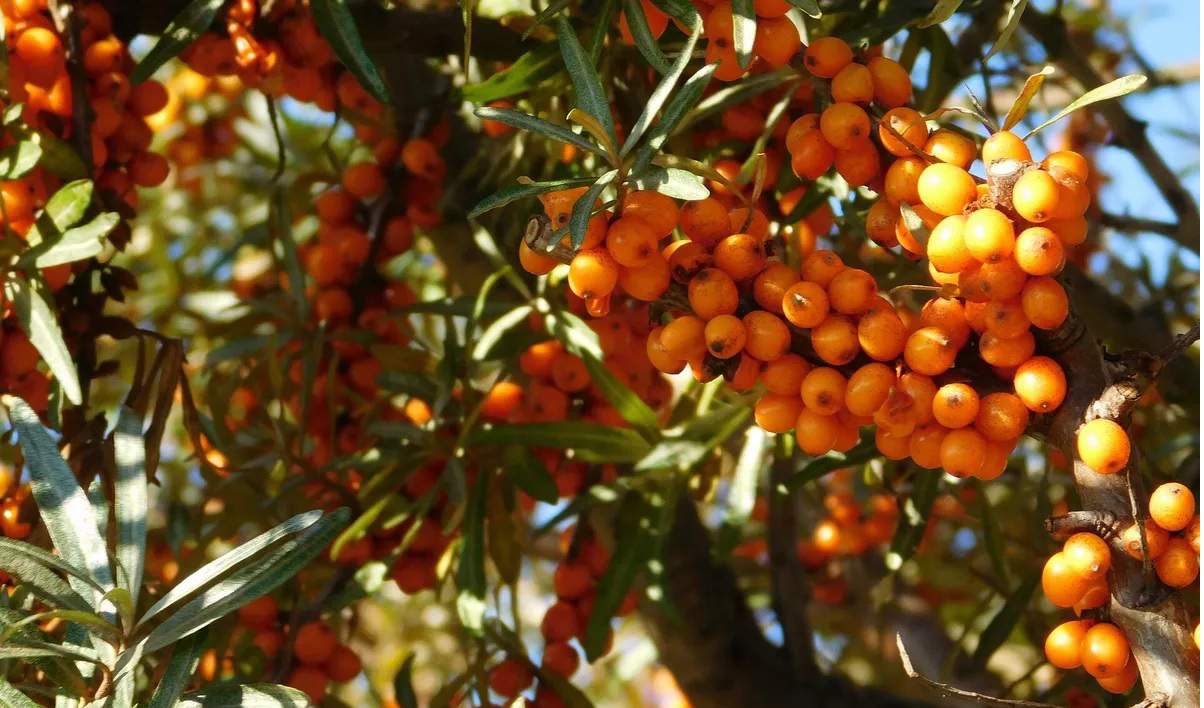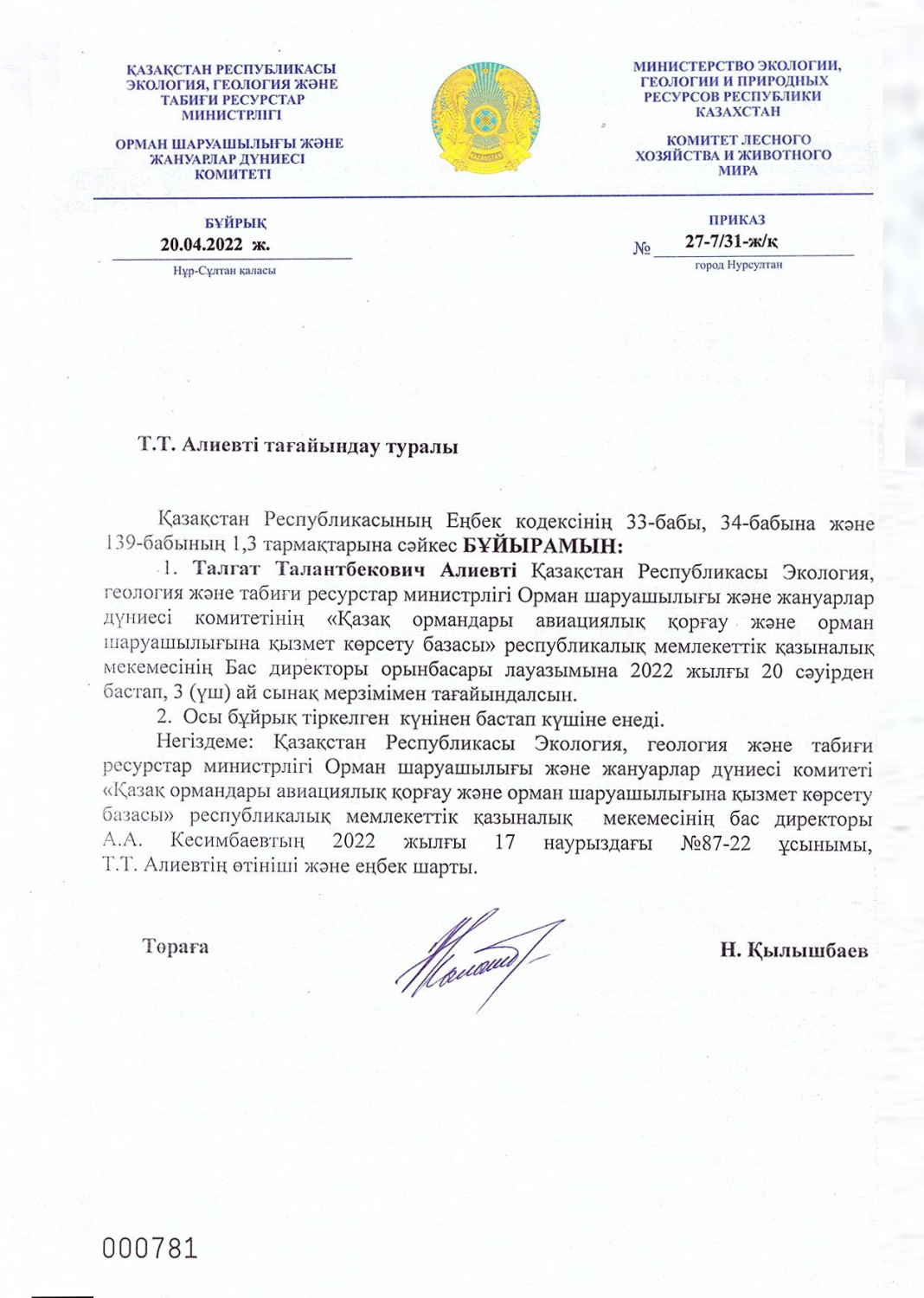 For the purpose of landscaping and landscaping of the territory of the aviation department, the personnel of the Karkaraly aviation department planted sea buckthorn seedlings in the amount of 25 pieces.
For the purpose of landscaping and landscaping of the territory of the aviation department, the personnel of the Karkaraly aviation department planted sea buckthorn seedlings in the amount of 25 pieces.
Sea buckthorn is a genus of plants in the Lochaceae family. These are shrubs or trees, usually prickly, from 0.1 to 3 m high (less often up to 6-15 m). The leaves of sea buckthorn are narrow, long, green with fine speckles on top and silvery or grayish-white (rarely golden) on the bottom. The same-sex small, nondescript flowers appear before the leaves. The fruit of sea buckthorn is a berry of bright orange color, spherical or more often elongated. The berries are densely located on the branch, clinging to it (hence the Russian name of this plant).
Sea buckthorn is mentioned in ancient manuscripts of healers of Mongolia and Tibet, where it is described as a universal medicine. However, the plant is known not only in Ancient Asia. Its pollen was found in excavations of settlements in Scandinavia. In ancient Greece, sea buckthorn shoots were fed to sick and injured horses, speeding up their recovery. In the Middle Ages, the medicinal properties of sea buckthorn were forgotten and until the XIX century it was destroyed everywhere as a useless shrub. In the last few hundred years, interest in sea buckthorn has recovered and as a result, the plant has begun to be cultivated. Sea buckthorn contains a whole "bouquet" of vitamins, trace elements and organic acids, which are widely used for the treatment and prevention of many diseases. Sea buckthorn oil, a product obtained from red fruits, is considered a unique multivitamin preparation. It promotes rapid wound healing, relieves pain and has a bactericidal property. It can be used both externally and internally.
Sea buckthorn juice is used to treat cough. To do this, it is mixed with honey, and then consumed. Inhalations with sea buckthorn oil are a recognized means of preventing the respiratory tract.
 On April 21, 2022, in order to carry out fire prevention, employees of the Ridder aviation department installed 2 banners dedicated to the protection of forests from fires in the areas of mass congestion in the Ridder LH KSU and the Fir LH KSU.
On April 21, 2022, in order to carry out fire prevention, employees of the Ridder aviation department installed 2 banners dedicated to the protection of forests from fires in the areas of mass congestion in the Ridder LH KSU and the Fir LH KSU.







